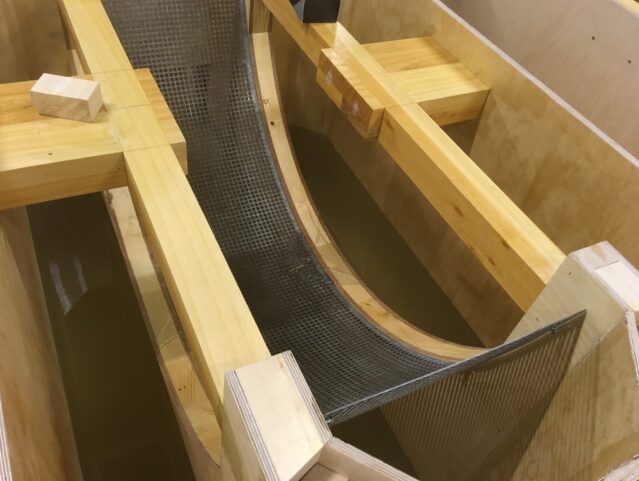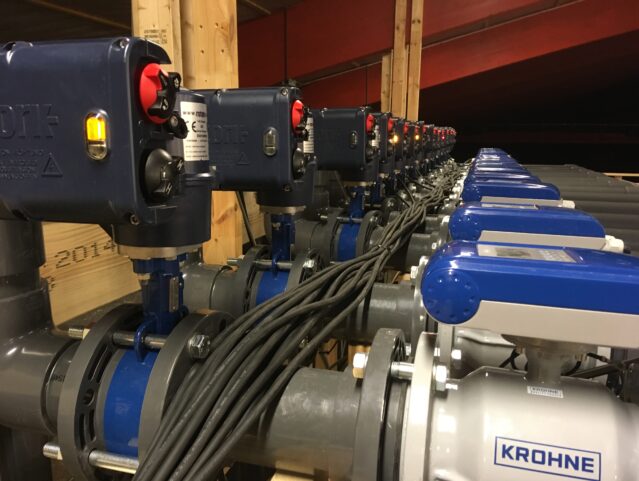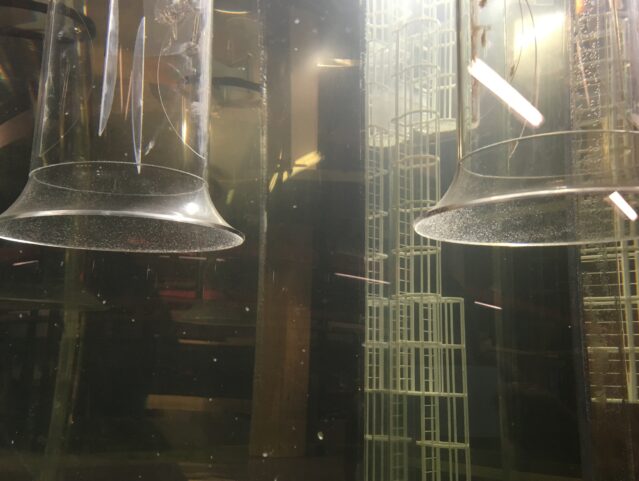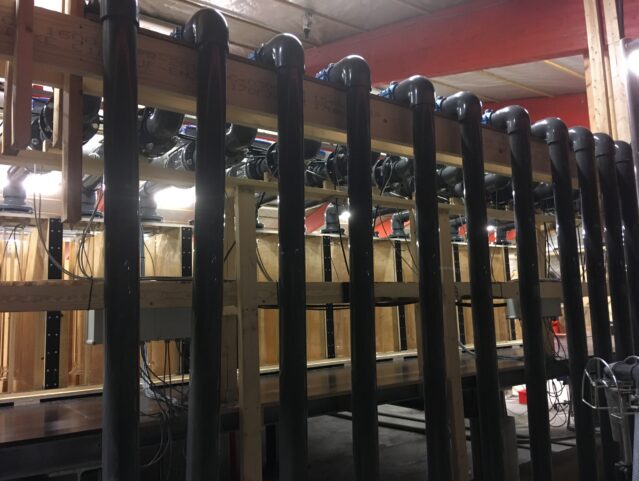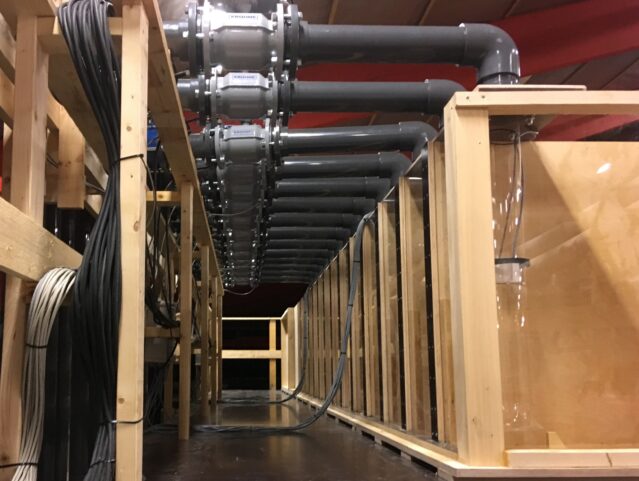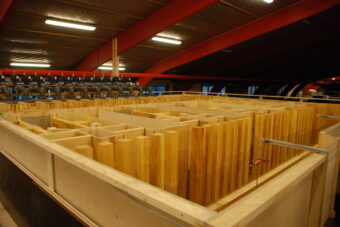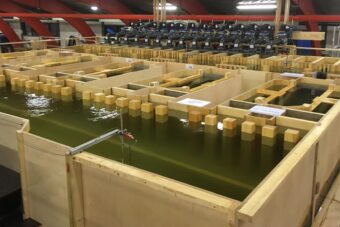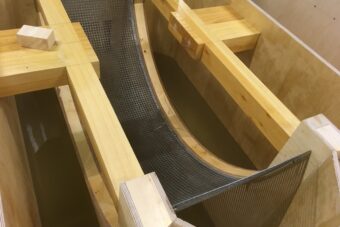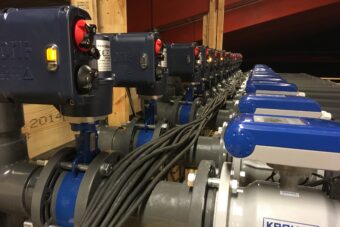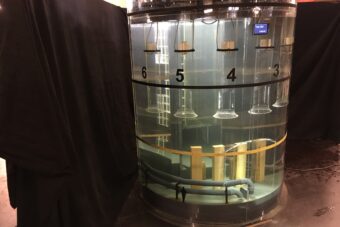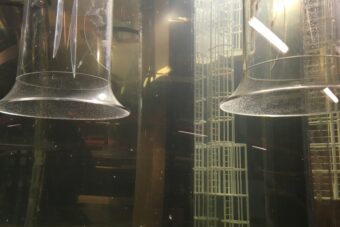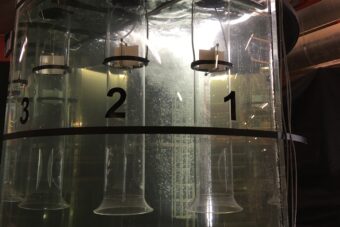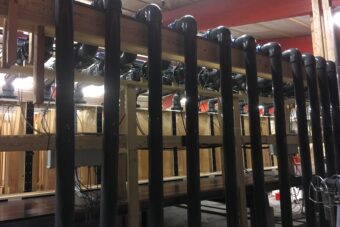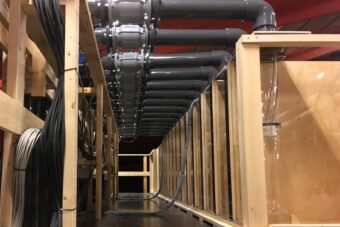Key Details
- Status Operational
- Availability Commercial
- Max Model Length (meters)8
- Max Model Width (meters)8
- Max Water Depth (meters)2
- Max Flow Rate (l/s)150
- Test Types Cooling water Desalination Urban water Cloud burst water Industrial water
- Measurements Water elevation Flow velocity Pump flow rate Pre-swirl angle Flow visualization Loads
- General Third party accreditation
Listing Description
The DHI Pumping Station Test Bench is a dedicated test facility for performing pumping station scale model tests in accordance with international standards such as ANSI/HI 9.8-2018. The test bench features a100m2 elevated platform on which pumping stations can be constructed in a large range of model scales. Overall dimensions in model scale of up to approximately8m width and 8m length can be accommodated with no general limitation on the water depth. Recent projects have included pumping stations with 2m of water depth in model scale corresponding to more than 20m in prototype.
The elevated platform enables the usage of siphons to provide the needed flow rate through the pumping stations. In combination with high precision electro magnetic flow meters and electrical controlled flow valves the siphons gives a high accuracy and a large flexibility in specifying and controlling the flow in each pump. A total of 14 pumps can be instrumented and operated simultaneously.
The facility is used for consultancy activities for pumping station design verification and optimisation in relation to e.g. power plant cooling water, desalination plants, urban water, cloud burst pumping stations for cities. The scale models are typically instrumented with water elevation gauges, velocity meters by ADV probes and pitot tubes, and swirl-meters (vorto-meters) in each pump with simultaneously digital logging of rotations and pre-swirl angles on all pumps. In addition, the flow is monitored and logged in all pumps via electromagnetic flow meters. Flow visualizations are typically performed based on surface floaters and dye injection to inspect any critical flow features while surface and sub-surface vortex observations are manually performed for all tests.



